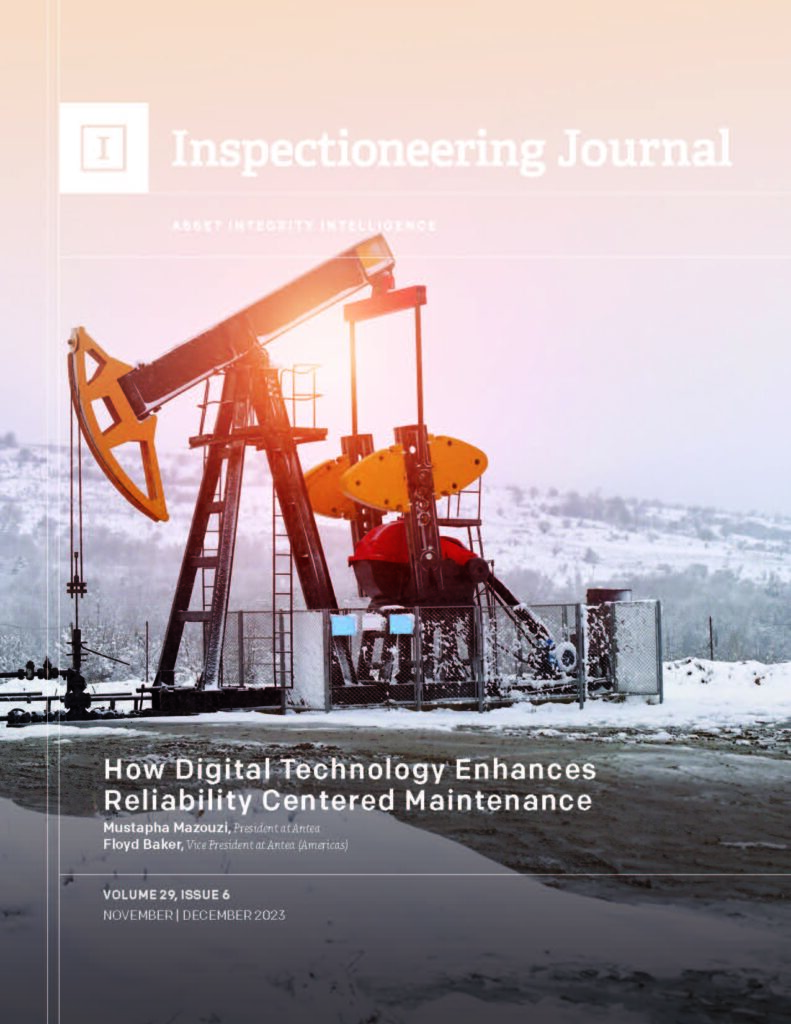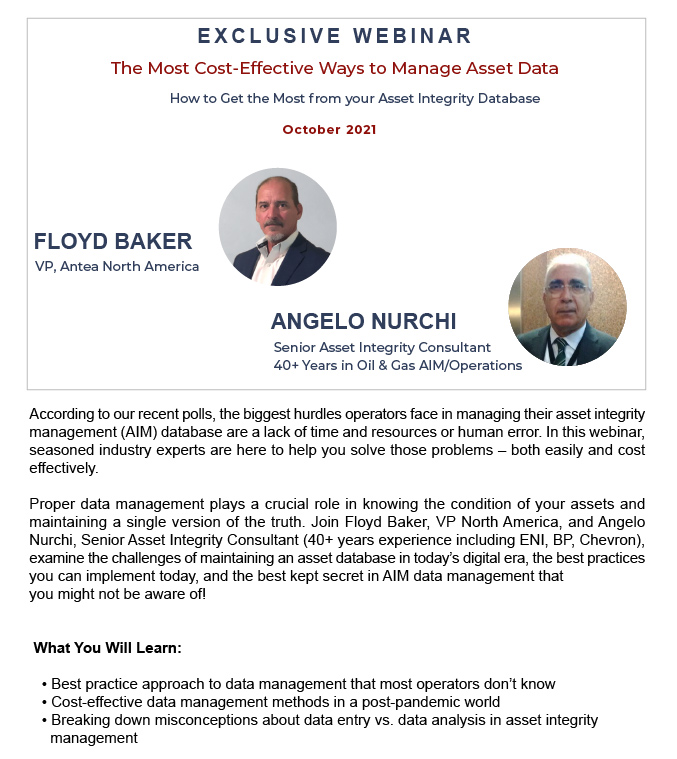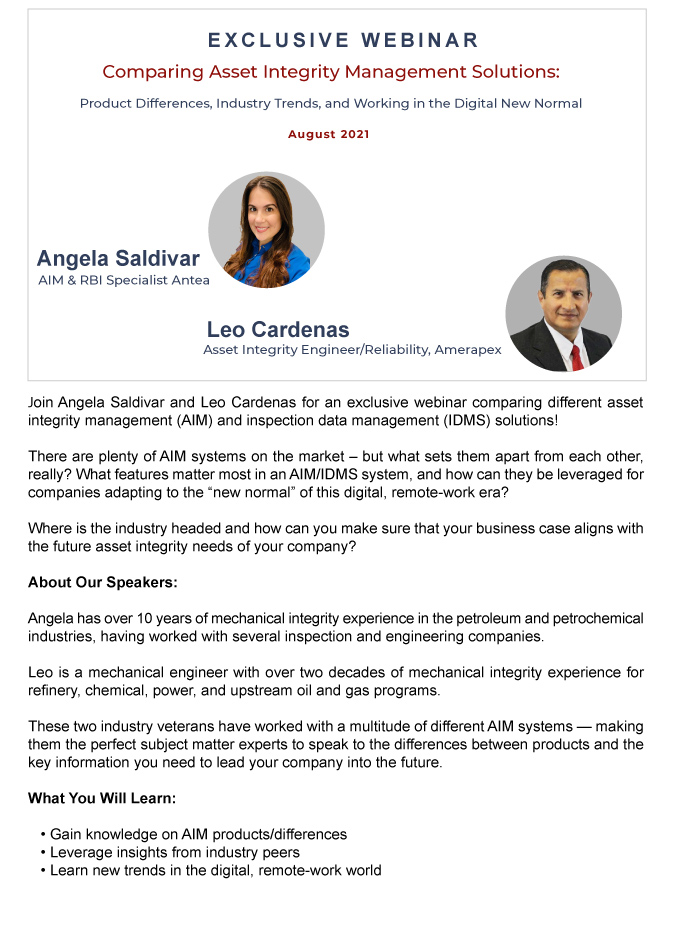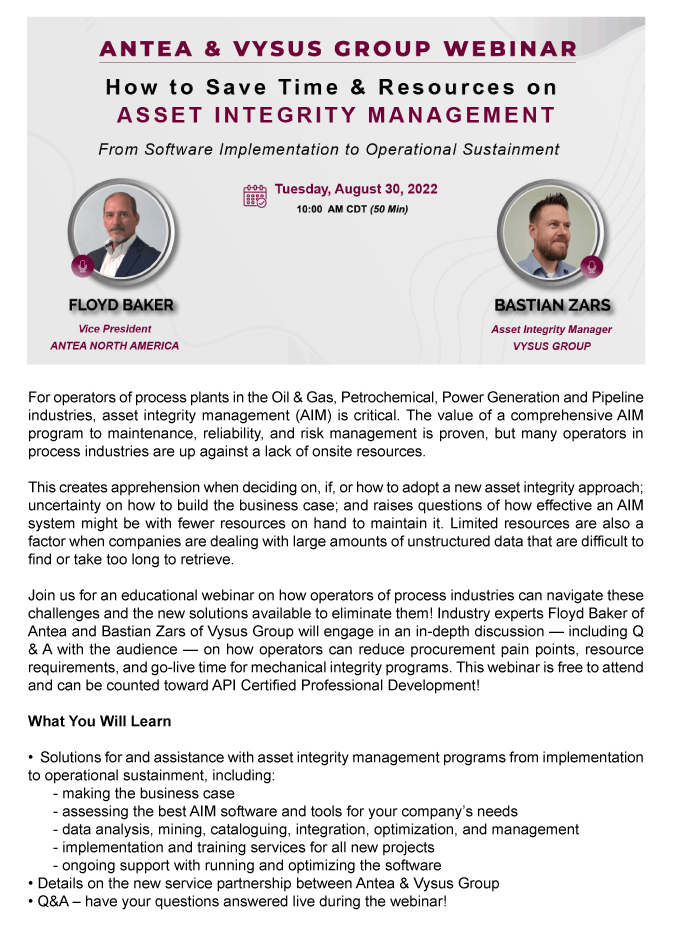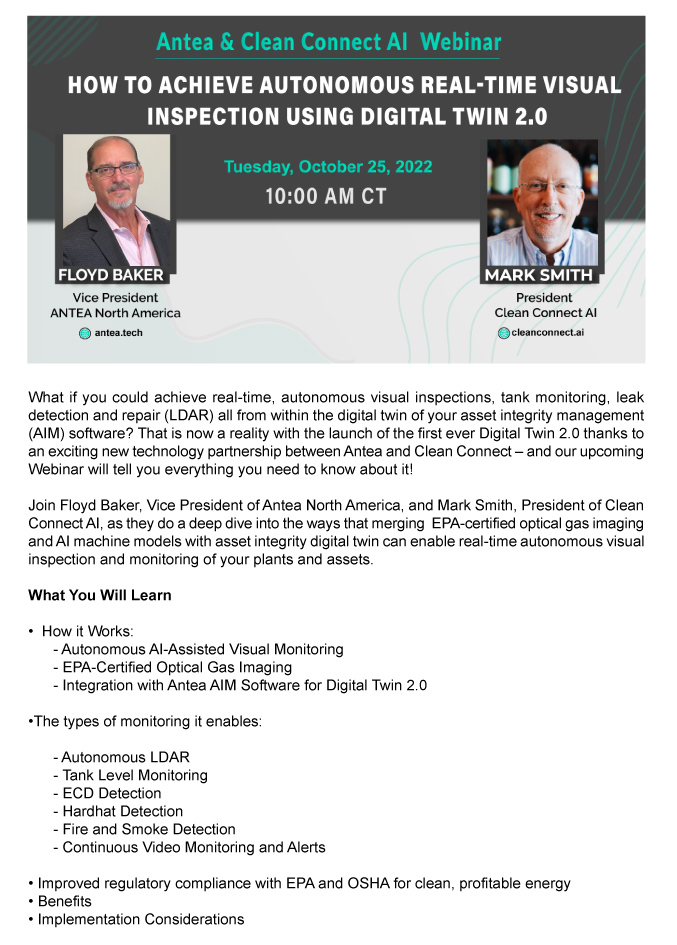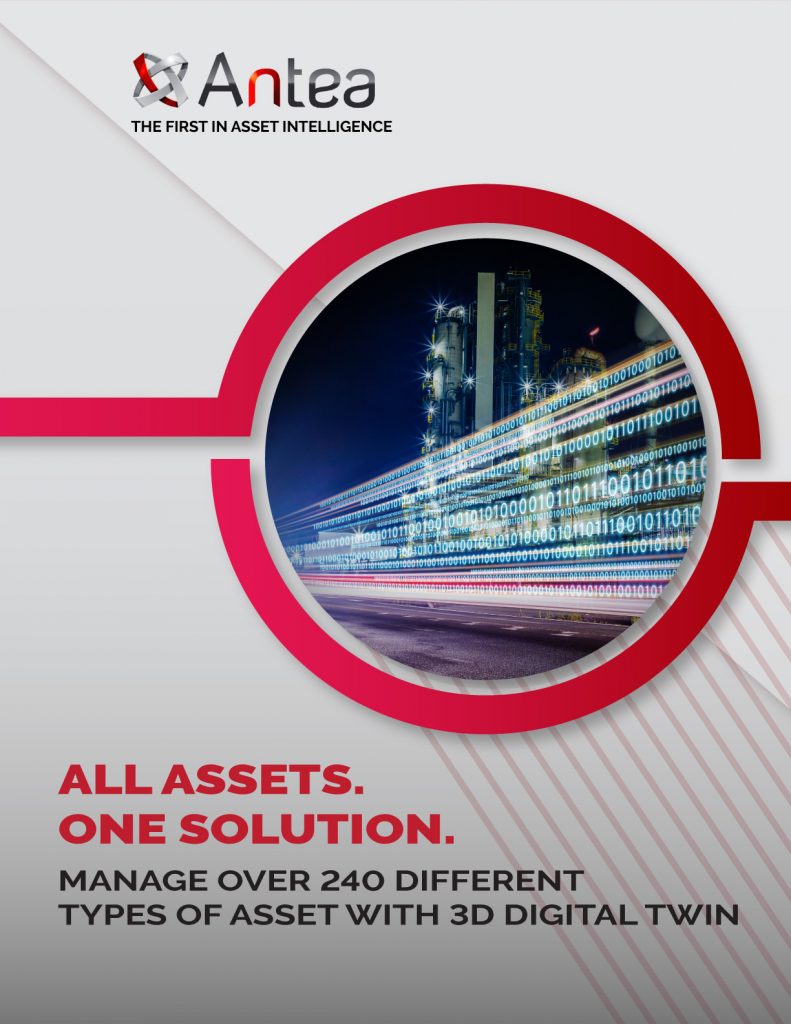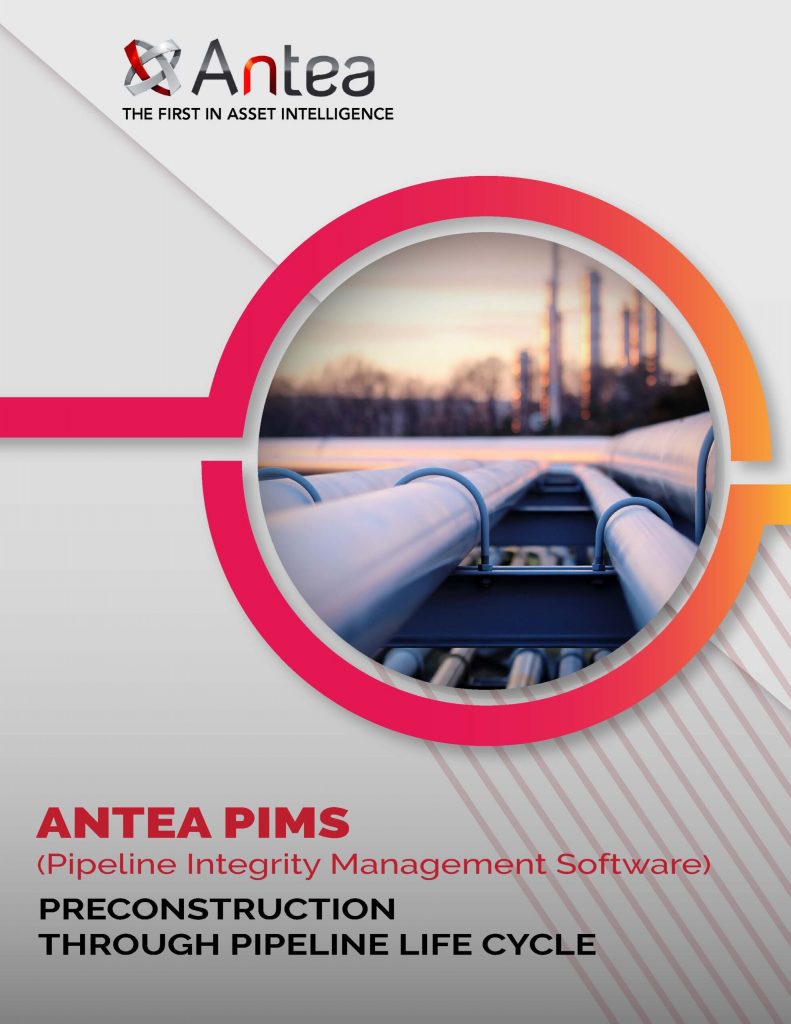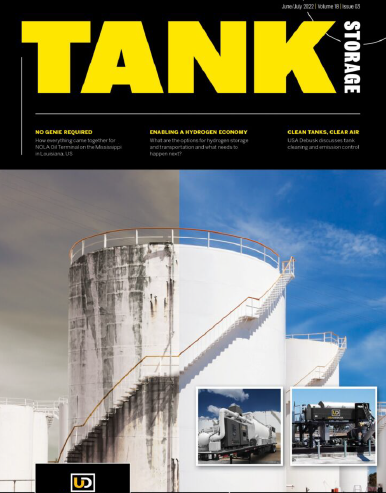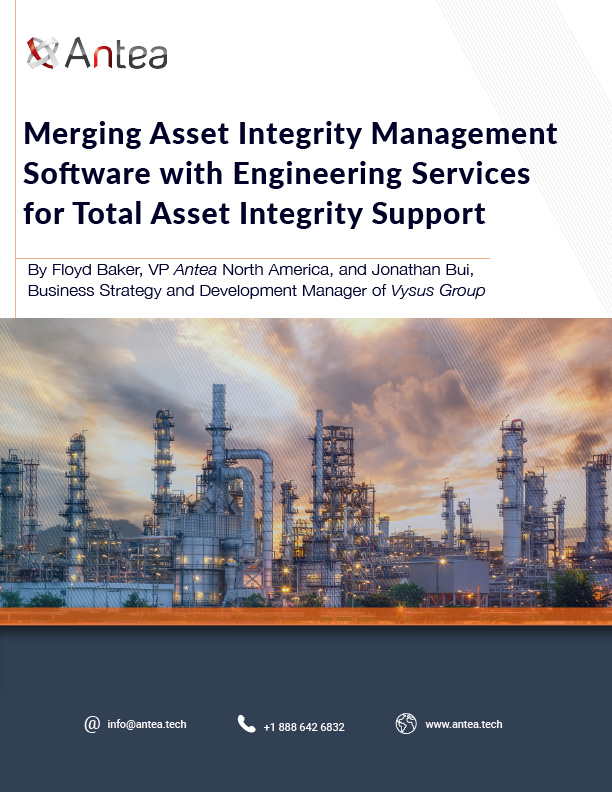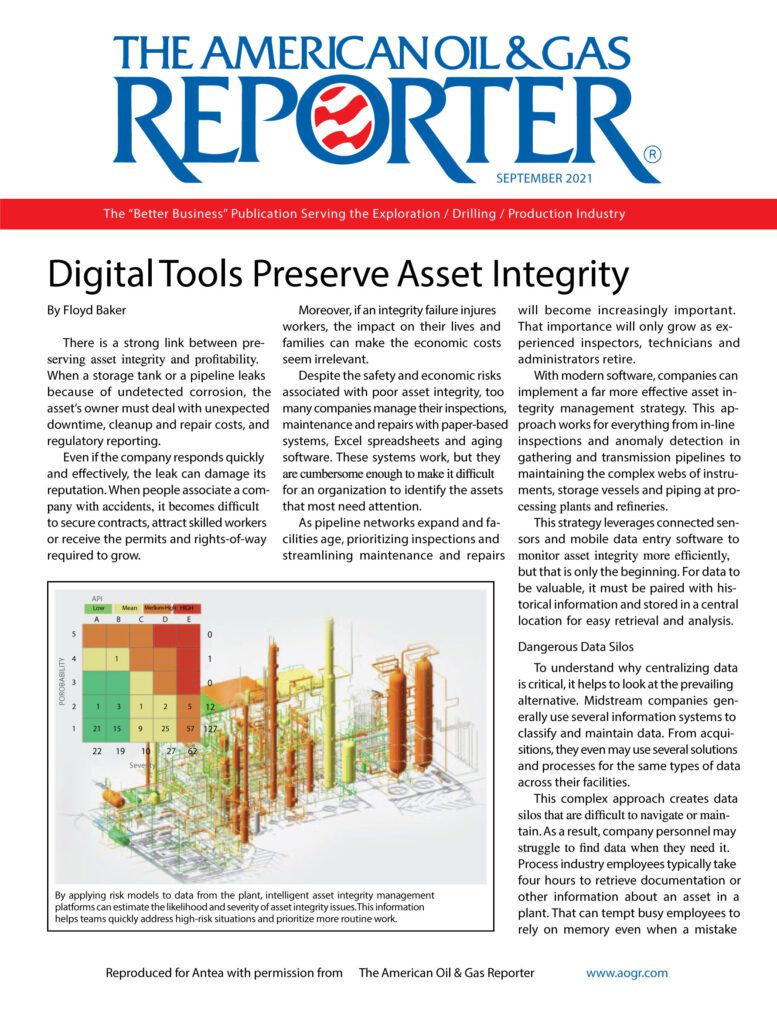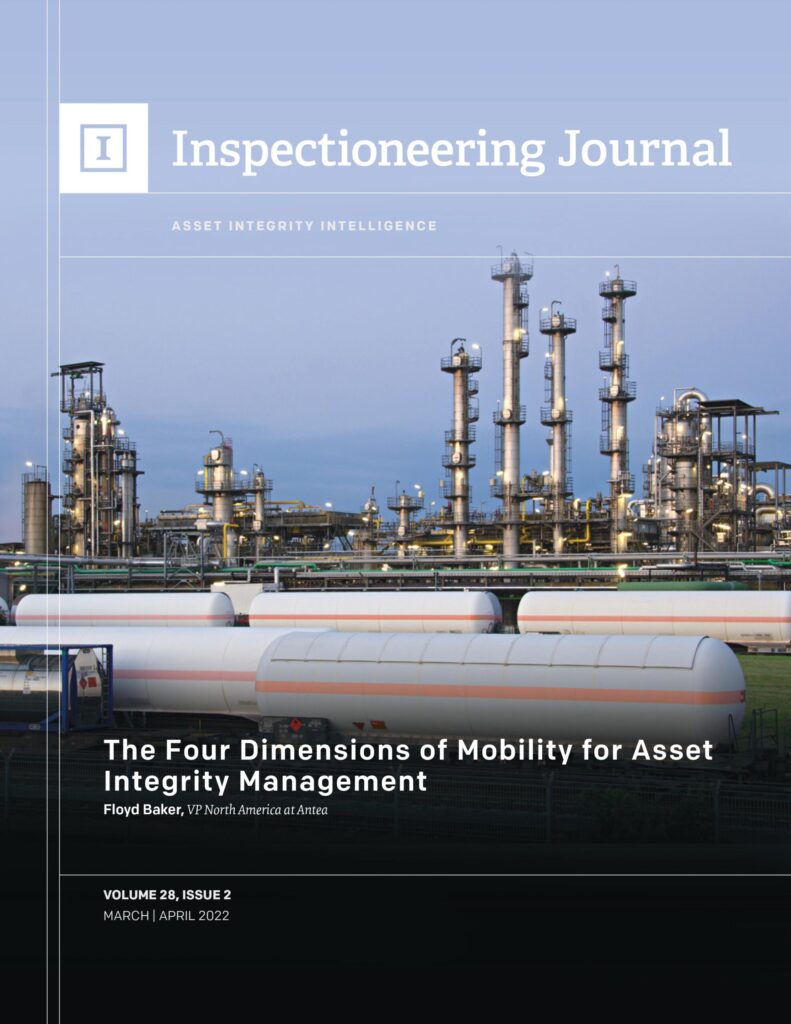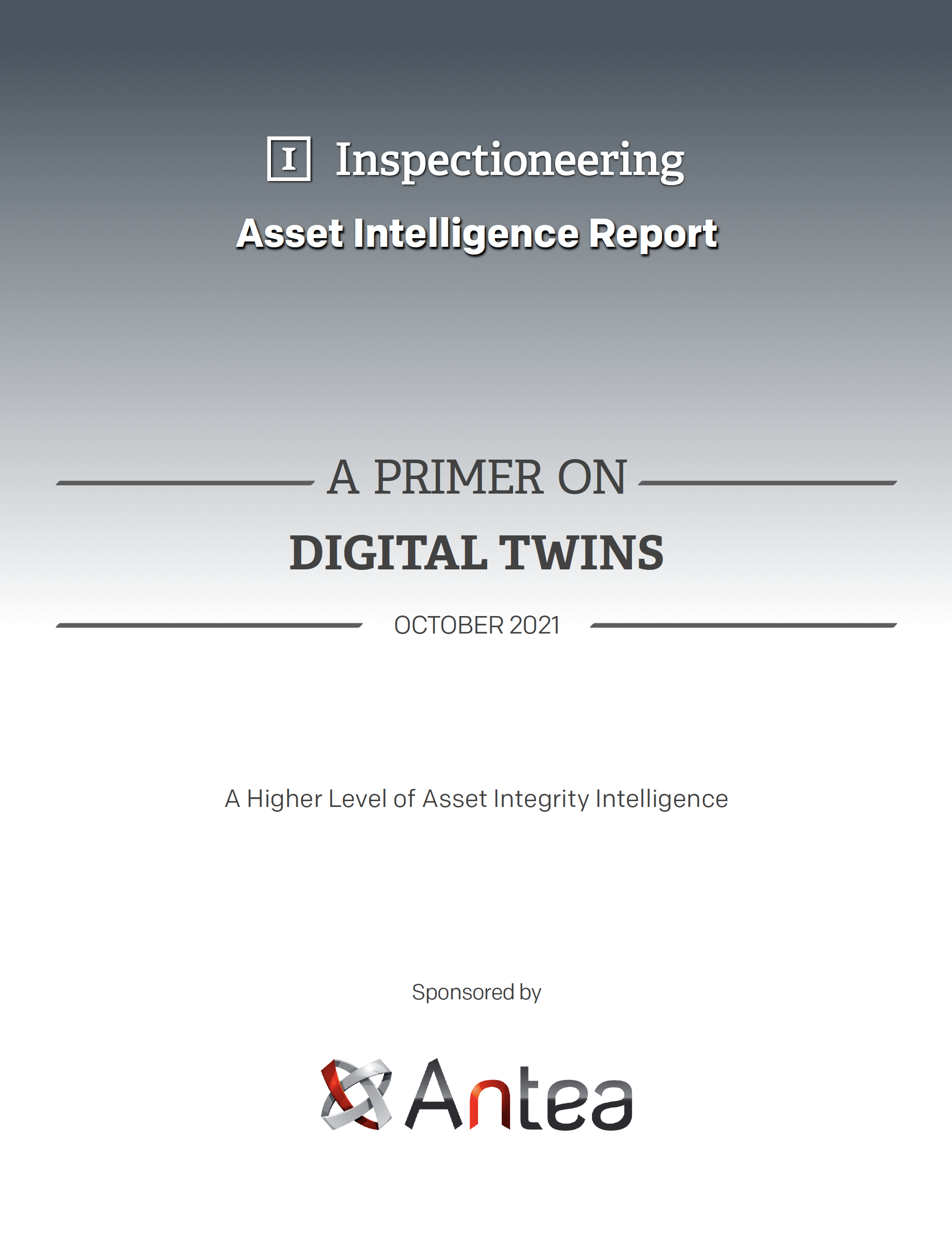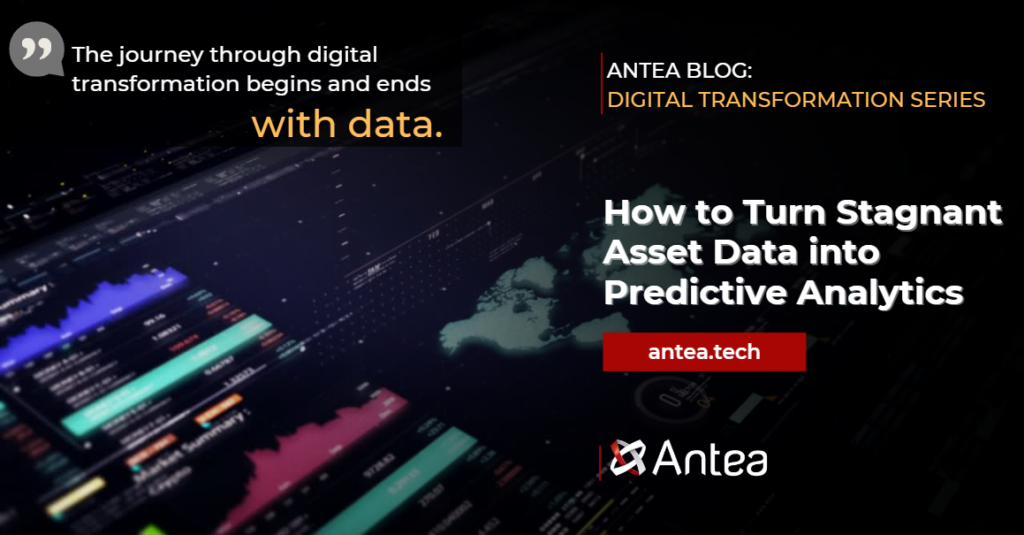
The Digital Transformation Series of the Antea Blog examines strategies to help you formulate a journey map for digital transformation. The series will include articles on:
- The Role of IIoT for Asset Integrity Management
- Digital Twin 2.0
- Predictive Data Analytics
- Cybersecurity
- Workforce Enablement
- “Connected Worker” for Remote Collaboration and Hands-Free Inspections
- Scalable Implementation Strategies
This week, we’re looking at how to eliminate data silos and convert stagnant asset data into predictive analytics.
How to Turn Stagnant Asset Data into Predictive Analytics
The journey through digital transformation begins and ends with data. For operators of asset-intensive industries, deciphering how to best manage the massive amounts of historical, current, and future data on industrial equipment is critical. Having prompt access to accurate data is crucial for ensuring safety, reliability, and longevity of these assets – and is a key component in avoiding catastrophic equipment failure.
Complex industrial equipment amasses immense volumes of operational data. This can include financial and resource planning, inspection reports, maintenance activities, repair history, and more – and that’s before factoring in the data coming from the edge environment, from the asset itself. Parameters like temperature, pressure, flow rates, corrosion rates, information received from sensors and remote monitoring all contribute to the complex equation of understanding an asset’s health and longevity (and the risks that might be present to threaten both).
Many owner operators find themselves at the beginning of the digital transformation journey, with asset data scattered across various disparate sources – different organizational disciplines, different offices, file boxes, spreadsheets. This, by nature, leads to what are known as information or data silos: data that is accessible by only one department while being completely isolated from the rest of the organization. Even in instances where the data itself has been digitized, it can still be managed by multiple different systems – one to manage financial and resource planning, another for inspection data, and yet another for risk based inspection (RBI), for example.
This can lead to a lack of efficiency, transparency, and data stagnation in the company. Worse, it can result in a lack of insight into what’s happening in a facility, leading to critical errors — ordering the wrong material, completing inspections that do not need to be done, double working and charging and so many more examples. If data on a malfunctioning asset cannot be retrieved on time, it can in severe cases lead to failure and unplanned shutdown. As the saying goes, time is money – and for operators of asset intensive plants and facilities, poor data management can equate to millions.
Data silos also create challenges for everyday workflows and processes. Without free flow of data between departments, every team ends up working independently. This doesn’t just create a divided company, but it also makes it difficult for employees to perform their best. It becomes nearly impossible for an organization’s employees to share a common vision when they are not able to collaborate with each other on different projects. Without a central database for employees to search and find relevant information, employees must first find out where the data resides in the organization, then manually get access to it. This can make completing every task a much longer process and slow down the pace of the organization. Without a central platform, no one oversees core business processes. When data is free and flows smoothly, accountability becomes much clearer, and conversations are more productive.
Converting Stagnant Reports to Analytics
Accessing data is not just defined by being able to find documentation on a specific asset, but in being able to access and leverage the analytics from the documentation into a software. When data silos are eliminated, it opens the door to convert data from documentation into search engines within a platform. This creates the possibility to see the issues existing from all assets on a high-level view.
Often in our industry, the only effort made regarding asset data is to check that an inspection is completed, and the documentation exists. Yet, proper process safety management (PSM) compliance is not just about completing the inspection, it is about tracking and fixing the issues that exist with our assets.
For example, consider anomaly and recommendation tracking. Tracking anomalies cannot be done in stagnant data. Yet, monitoring and tracking the actual issues occurring with an asset is the main driver for insights into what you have been doing wrong in your mechanical integrity department and how inspection and maintenance strategies could be improved. Understanding the anomaly analytics for all the assets in your facility can help with making informed decisions on what type of programs you need to budget for in the future to move from firefighting to predictive maintenance.
How can you solve the challenges presented by stagnant or outdated data at your own facilities? How can asset data be converted from a challenge to solve into a powerful tool for gleaning analytics? The answer lies in asset integrity management (AIM) software.
The Importance of AIM
These are the foundational challenges that AIM software exists to solve. Here are five ways an AIM software provides the solution:
- Centralized Asset Registry/Data Repository. A fundamental function of AIM is to centralize all asset intelligence into one database, where it can be readily accessed and analyzed – helping optimize maintenance, reduce downtime, enhance operations, and ultimately provide predictive analytics. To permanently remove data silos, it is critical to implement the right platform that can streamline data and automate its movement across the organization. Instead of scattered spreadsheets and databases, all sources of input on an asset are integrated into a single platform.
- IT/OT Integration. AIM software seamlessly and bidirectionally integrates with all existing systems that capture information on an asset. This includes informational technology (IT) data retrieved from legacy systems like Enterprise Resource Planning (ERP), Computerized Maintenance Management Systems (CMMS), SAP, Maximo, etc. – as well as operational technology (OT) data from the asset itself, including information retrieved from sensors, data historian, NDT, inspection reports, and so on. By bridging the gap between IT/OT and converging all data sources, AIM creates seamless data flows, minimizing the need for manual data entry and streamlining the data-sharing process, while creating a single version of the truth. A complete health monitor for that asset, or assets in your facility.
- Real-Time Data. A key advantage of digital, web-based AIM software is its ability to provide real-time data. This becomes especially true if the software is equipped with digital twin, which is a virtual replica of the equipment and facility that is dynamic, constantly updating with real-time information as it is received from the asset. Another powerful tool for real-time data access is mobility, which makes it possible to both access and influence the data remotely, at any time, in real-time.
- Data Analytics. By eliminating information silos, AIM opens the door to robust and predictive data analytics, delivering actionable insights that can empower decision-makers to make data-driven choices, optimizing maintenance strategies and reducing downtime.
- Predictive Maintenance The data analytics made possible by AIM software can then pave the way for predictive maintenance. By analyzing historical data against real-time metrics, it becomes possible to understand the conditions that can lead to degradation and then predict when an asset might be at higher risk of failure, making it possible to intervene before expensive breakdowns occur. This is the point where preventive maintenance (PM), predictive maintenance (PdM), and reliability centered maintenance (RCM) can leverage artificial intelligence (AI) and machine learning (ML) to create a more prescriptive environment.
Additional Resources
Join us at the Antea Asset Integrity Summit on November 3 in Houston, Texas. With the theme centered on digital transformation, it is an excellent opportunity to glean valuable insights from multiple experts across the industry as well as case study examples from real owner users. It is free to attend and an excellent opportunity to accumulate API CPD hours. Registration opens soon — follow us on LinkedIn to stay informed.
For more information on AIM software with anomaly tracking and recommendations, click here.
To learn about scalable implementation strategies for digital transformation to improve regulatory compliance, download our eBook: Owner Operator’s Guide to Digital Transformation
About the Author
 Angela Saldivar is an AIM and RBI specialist with over 10 years’ industry experience helping owner operators achieve excellence in compliance and reliability. She has worked with several inspection and engineering companies such as Mistras, Team Industrial, and Equity Engineering, and is currently the AIM/RBI Specialist for Antea. Angela has also worked as an owner user with Mitsubishi Chemical America as an Asset Integrity Specialist.
Angela Saldivar is an AIM and RBI specialist with over 10 years’ industry experience helping owner operators achieve excellence in compliance and reliability. She has worked with several inspection and engineering companies such as Mistras, Team Industrial, and Equity Engineering, and is currently the AIM/RBI Specialist for Antea. Angela has also worked as an owner user with Mitsubishi Chemical America as an Asset Integrity Specialist.

